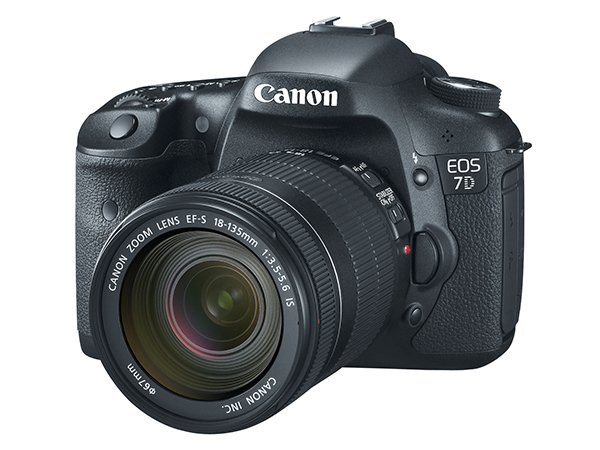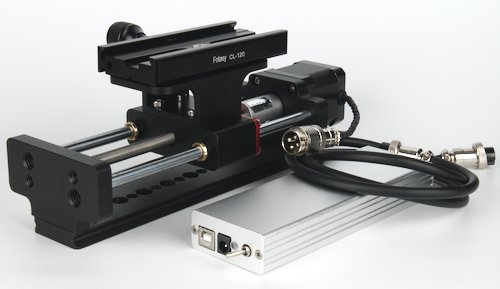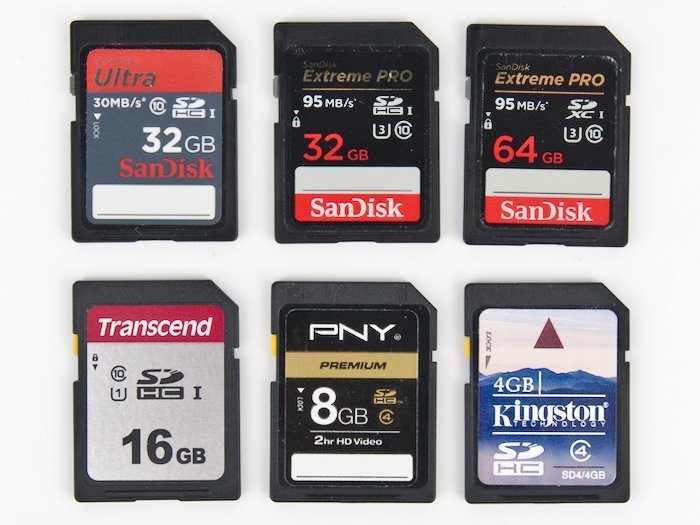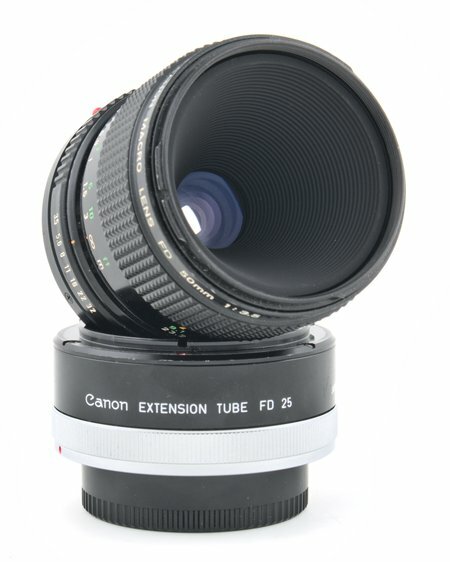
Up Close with the Canon FD 50mm f/3.5 Macro Lens (Review)
- Nathaniel Stephan
- Canon fd , Canon fd lenses , Macro lenses
- October 10, 2024
Table of Contents
The Canon FD 50mm f3.5 macro was released in 1979. It is on par with all of the other manual focus film era lenses. At f8, everything is going to be tack sharp, corner to corner.
My favorite macro, the Vivitar 55mm f/2.8, has the best corner sharpness at f5.6 out of the vintage 50mm-60mm lenses I’ve tested.
The first version is the Canon 50mm f3.5 S.S.C.
I’m recommending the second version because it is a new FD design. The rotating locking ring has been removed. Instead the entire lens turns and there is a mount lock on the lens.
To get to 1:1 magnification, you’ll need a 25mm extension tube.
Affiliate Advertising Disclosure
Outside the Shot is a participant in the Amazon Services LLC Associates Program, an affiliate advertising program designed to provide a means for sites to earn advertising fees by advertising and linking to Amazon.com.
As an eBay Partner, I may be compensated if you make a purchase. I also participate in affiliate advertising programs with KEH and Adorama. More can be found on the Affiliate Disclosure page.
See current price and more information on:
Build & Extension Tube
It is built like all the other new FD lenses.
The Canon Extension Tube FD 25 or bellows is required to reach life size magnification. When attached, the lens won’t be able to focus to infinity.
Without the extension tube, the lens can only achieve 1:2 magnification.
I find extension tubes to be annoying. Not only do I not want to carry one around, I don’t want to have to search through drawers either.
Image Quality
Like almost all the other vintage macros, it’s a double-gauss design. There’s no secret magic.
At f8, everything will be sharp.
It’s not good at f3.5. There’s still noticeable corner softness at f5.6.
It’s great to have a macro lens as capable as this one.
Test Shots
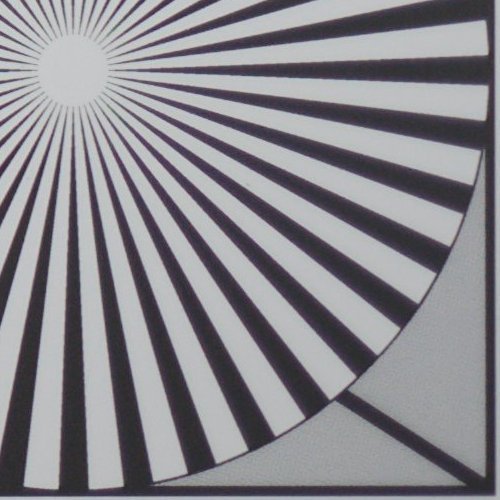
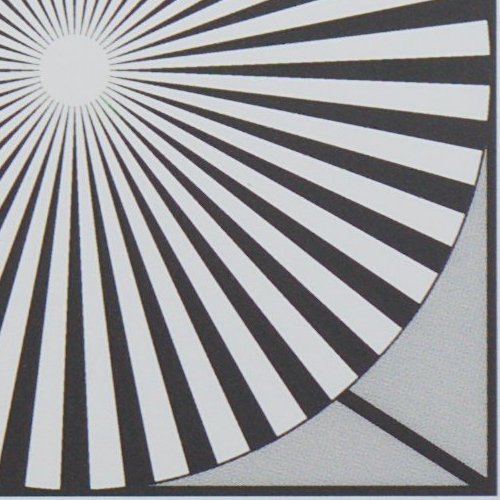
- f/3.5 - Alright in the center with softer corners.
- f/5.6 - An improvement, but the corners are still a bit soft.
- f/8 - The sharpest aperture. Corners look great.
- f/11 - Starting to see diffraction.
- f/16 - Diffraction becomes more noticeable. Not as sharp as f/11. Can make sense for images that will be downsampled and used online.
- f/22, f/32 - Diffraction. The entire images are soft.
Usage & Working Distance
The lens was tested with a Sony A7 and a cheap adapter. Extension and reversal was was done on a Nikon PB-4 with a Nikon D750.
Going past 1:2 magnification with the extension tube is not a good experience. With the lens stopped down to f/8 or f/11, artificial lighting is going to be needed.
There’s only going to be a couple of inches (~5cm) of working distance. That lack of room between the camera and subject makes lighting difficult. A 90-105mm macro lens has better usability at 1:1.
For close-up and tabletop photography, the 50mm focal length is great. The lens can fill the frame, while still being within arms reach of the subject.
This is especially good for vertical shots where a 90-105mm lens would require a ladder to get the same framing.
Cameras to Use the Lens On
- Canon AE-1
- Canon AE-1 Program
- Canon F-1n
- Canon FT QL
Adapting to Mirrorless Cameras
Canon FD adapters are easily found for any mirrorless camera system. You should have no trouble finding adapters for the Nikon Z, Canon R, Fuji X, Sony E, Micro 4/3, or Leica L-mount.
The lens can be adapted to a Canon EOS DSLR, but the adapter will need a corrective optical element to allow the lens to focus normally which will degrade image quality. Adapters that do not have a corrective element will act like a small extension tube which will prevent the lens from focusing to infinity.
Personally, I find the FD breech-lock annoying to adapt. The lens has to be locked onto the adapter and then the aperture needs to be locked to allow for manual aperture control. Bayonet mounts, like the Nikon F, are easier to deal with.
For use on FD camera bodies, such as the Canon AE-1, the lens is great. The only drawback that remains is cleaning inside the breech lock.
Used Prices
Coming in at $40-$80 on eBay, the lens is as affordable as all of the other vintage macro lenses. The lens is worth getting if it can be found under $50.
For a bit more, the Komine made Vivitar 55mm f/2.8 macro lens is sharper at f/5.6 and f/8. Plus the Vivitar does not need an extension tube to reach 1:1 magnification.
Lens Specs
| Manufacture | Canon |
| Made in | Japan |
| Year Released | 1979 |
| Original Price | $154.95* |
| Version | New FD Canon 50mm f/3.5 Macro |
| Elements Groups | 6 ele. 4 gr. |
| Focal Length | 50mm |
| Aperture | f/3.5-32 |
| # Aperture Blades | 6 |
| Aperture control | Manual & Auto, Auto Diaphragm |
| Focus type | Manual |
| Hard infinity stop | Yes |
| Magnification | 1:2, 1:1 w/ extension tube |
| Minimum Focus Distance | 23.2cm (9.1”) / |
| Working Distance | 10.8cm (4-1/4"), 5.6cm (2-3/16") |
| Filter Threads | 52mm |
| Weight | 240g, 344g w/ extension tube |
| Dimensions | ⌀63mm x 76mm (2.5" x 3") |
Note: Price is from a 1985 Competitive Camera Corp catalogue. The 25mm extension tube was priced at $34.95.
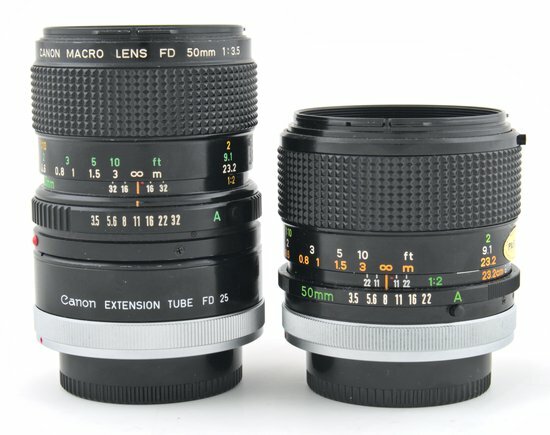
Accessories
The only notable accessory is the Canon Extension Tube FD 25. This tube is needed to reach life size magnification.
Another option is to use a bellows to get the needed extension needed for 1:1 magnification or higher. Though there may be some issues finding an adapter to use a DSLR on an FD mount bellows.
Reversing with Canon Macro Auto Ring
To get higher levels of magnification, the lens can be reverse mounted. To control the aperture when shooting with the lens reverse mounted, the Canon Macro Auto Ring accessory can be used.
An alternative would be to use a fd to a different lens mount adapter or cut the bottom off of a Canon FD rear lens cap.
A remote cable release is also needed to close down the aperture diaphragm. There is no way to lock the aperture with the macro auto ring.
I’d recommend a cheap FD-to-EOS adapter to lock the aperture instead. The Macro Auto Ring isn’t worth the money unless you have a specific reason for wanting it.
Lens Hood & Original Cases
The BW-52A is the designated lens hood. The front element sits far enough back where a lens hood will not be needed.
There are also 2 options for cases. The LH-C10 is a hard lens case and the LS-B11 is a soft lens case.
Lens Versions
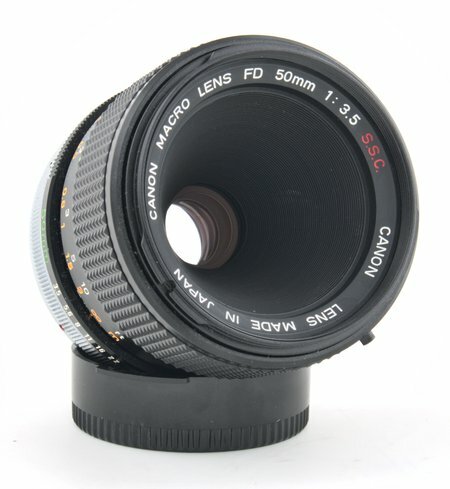
There are 3 versions of the lens. The first was for the Canon FL mount, which is compatible with the FD mount.
The second Canon S.S.C. version has a lens nameplate around the front of the lens. The new FD version has engraving around the top of the lens barrel.
- FL 50mm f/3.5 Macro - 19??
- FD 50mm f/3.5 S.S.C. Macro (Super Spectra Coating) - 1973
- New FD 50mm f/3.5 Macro - 1979
Build Quality and Design
Both copies of the Canon lens I have are well-constructed. They are close in size and weight.
The focus ring on my S.S.C. macro copy is starting to feel a bit tighter than it should, but the lens is still completely usable.
The grease is likely starting to dry out, which is common among lenses of this age. The Canon’s focus ring is still smoother than rebadged Komine 55mm, Minolta 50mm, and Nikon 55mm macro lenses that I have.
The Breech Lock…
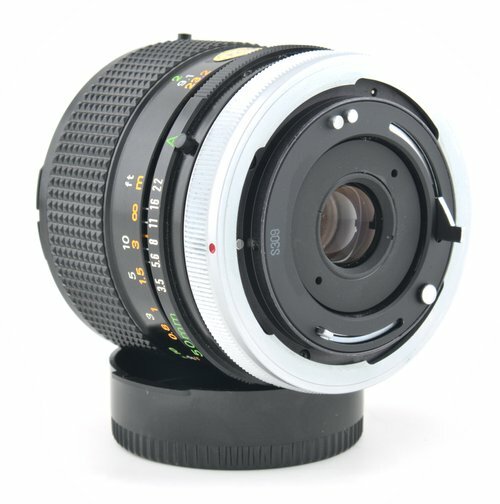
My biggest problem with the lens is the breech lock mount. If used on a Canon film camera, it performs well. The problems start when adapting FD lenses.
Adapting requires the lens to be locked onto an adapter. In order to do this, the second lock that controls the aperture must be disengaged.
Once the adapter is on the lens, the aperture can be locked into the closed position. After both steps are successfully completed, the aperture can be manually set using the aperture ring on the lens.
If the aperture is not locked, the diaphragm will not close when the aperture ring is turned.
I’ve screwed up this procedure on a couple of occasions. I didn’t notice right away because I was using flash and did not chimp.
The aperture also has to be unlocked in order to remove the adapter from a lens. I find the entire process annoying.
The mount is also hard to keep clean. Dust and oil build-up under the mount over time. I’m not aware of any easy ways to clean it.
Macro Magnification
The lens performed better than many other similar macro lenses in the same price range. A mount adapter or Canon macro auto ring is needed to get the aperture diaphragm to close.
I still had a couple of inches of working distance with my bellows fully extended. Using an adapter for a mirrorless camera will also act as a lens hood.
When compared to the Amscope 4x microscope objective, I don’t see the point of reverse mounting this lens. For $18 plus the cost of the needed adapters the Amscope gives sharper images at a higher magnification.
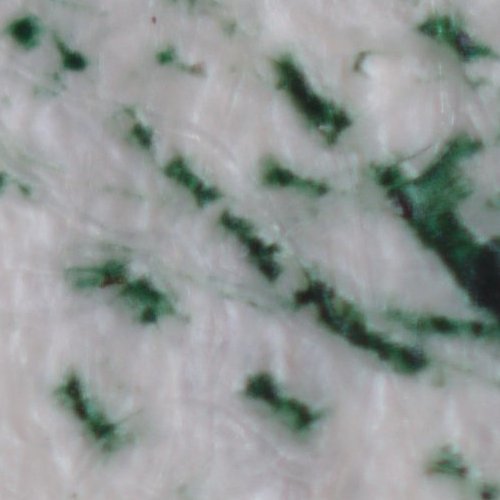
Conclusion
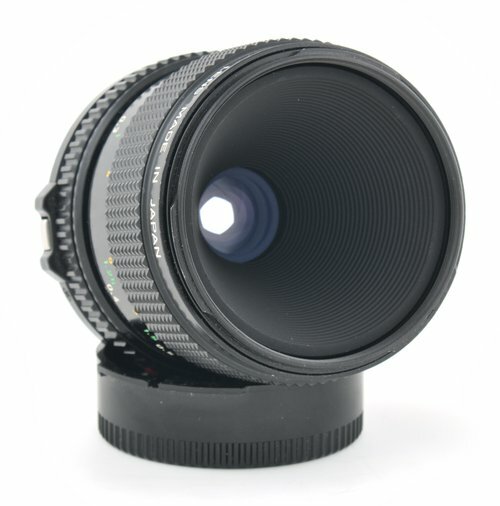
A review rating for the lens really depends on the price. Pictures from the lens hold up well against the vintage SLR macro competition in the same price range.
For $50 or less, I don’t see how a photographer could go wrong with purchasing the lens. I don’t think paying over $100 would be a good decision.
If you have to have an FD mount, you might need to pay a bit more to find one in a timely fashion.
If you are lens mount agnostic, shop around among the comparable lenses.
- Vivitar 55mm f/2.8 Macro Lens
- Olympus OM 50mm f/3.5 Zuiko
- Yashica 55mm f/2.8 ML Macro
- Micro Nikkor 55mm f/3.5 PC
I don’t think I would be able to tell the differences between lenses by looking at images. Find the best price for any of the lenses below and buy that one.
